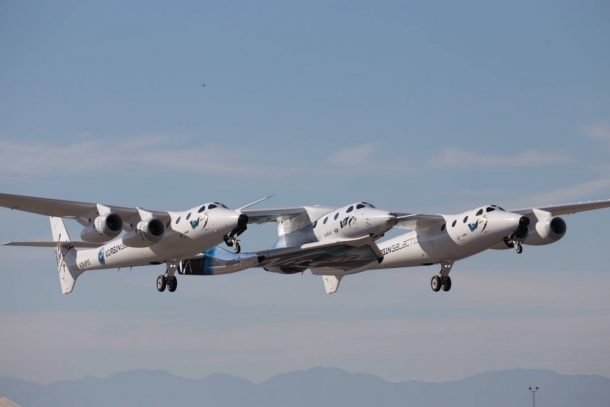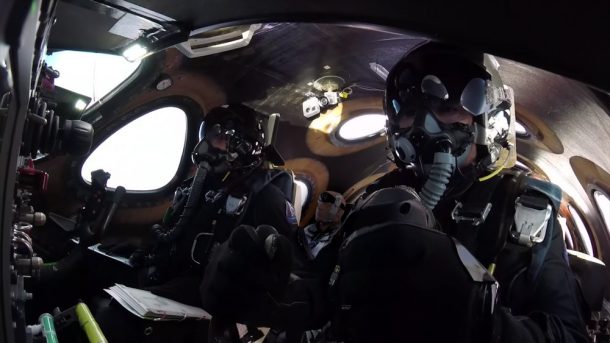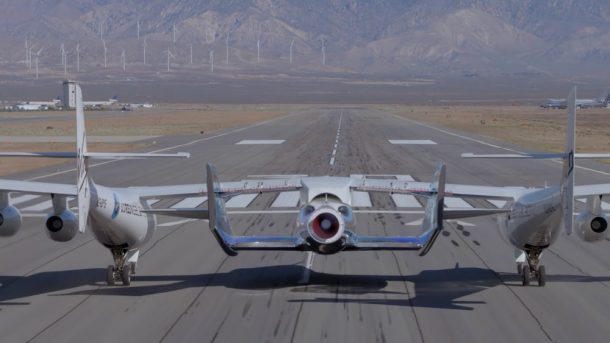Virgin Galactic showed its first firing of the spaceship in the chemical rocket engine with no fluke. They have followed their last month’s effort with another successful test in California. The test flight took the spaceplane with tourists a little close to space. The engineers are now looking at the data to figure out the next round. Other private space companies like Blue Origin aim to fire tourists into space with the conventional launch vehicles directly from the ground while Virgin Galactic spaceplane works a little differently.


During the test flight, it was carried into space with a mothership called WhiteKnightTwo and was then released at an altitude of 46,500 ft. A few seconds later, the hybrid rocket engine was fired up for 30 seconds so that it can propel the plane to 1.9 Mach and gives it an altitude of 84,271 ft. The second flight was also similar, however, it was set up to observe the behaviour of the plane which will closely resemble the final commercial configuration. This means its centre of gravity was moved backwards as passenger seats and gear were added to the cabin.

The plane travelled higher this time and reached an altitude of 114,500 ft. According to the US Air Force standards, space begins at 264,000 ft but the Karman line at an altitude of 330,000 ft is the most commonly used boundary which represents the start of the space. It is not clear which metric Virgin Galactic is preferring but it ultimately plans to carry passengers to space in near future. Richard Branson, founder of Virgin Galactic said, “Today we saw VSS Unity in her natural environment, flying fast under rocket power and with a nose pointing firmly towards the black sky of space. The pathway that Unity is forging is one that many thousands of us will take over time, and will help share a perspective that is crucial to solving some of humanity’s toughest challenges on planet Earth.”
When the supersonic speed is reached, the engines shut down and the plane’s reentry feathering system was engaged. The company has incorporated safety devices to avoid the tail booms which caused a fatal test flight in 2014. Virgin Galactic’s engineers are reviewing the flight data and planning the next round to reach even higher. This is expected to be the final phase of testing for the SpaceShipTwo VSS Unity before entering the service. The company hasn’t given a timeline for when it will be complete but Branson said that it will not be that long. He said, “It will be something like two or three more flights before we’re actually in space.” Branson also said that he is working on his personal astronaut training and will launch himself into space soon.


